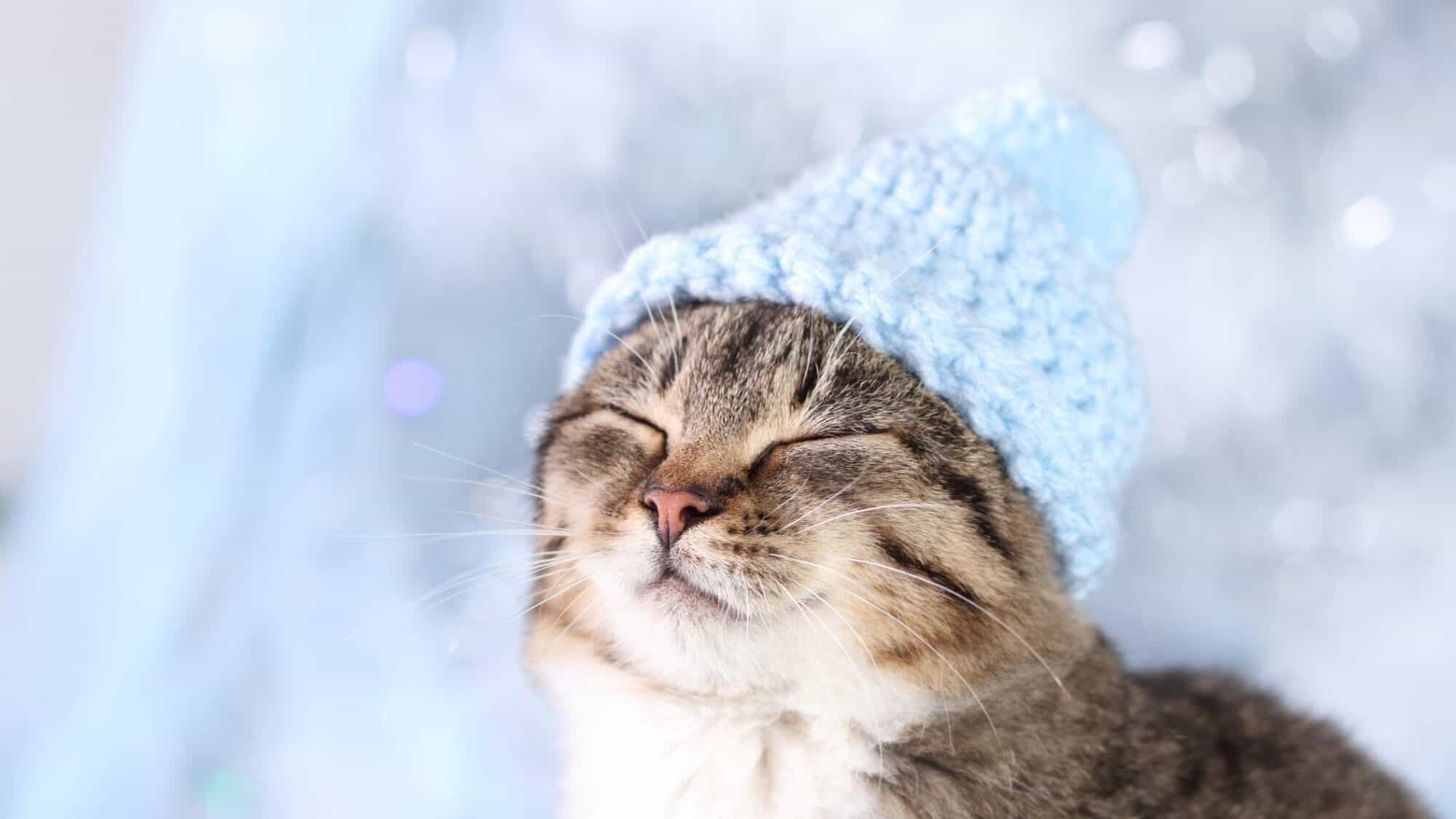Understanding and Preventing Hypothermia in Pets During Winter

As temperatures drop, it’s easy to assume our furry friends will be all right in the cold. They wear furry coats all year long, after all. What more could they need? But pups and kitties get cold, just like we humans do. Whether you live in central California (like we do!) or up north in Alaska—or somewhere in between—winter pet safety is important.
And when it comes to winter weather, hypothermia is a big threat. In this blog post, the team at Adobe Animal Hospital & Laser Surgery Center will offer tips for preventing pet hypothermia.
Cold Weather Risks for Pets: A Spotlight on Hypothermia
Hypothermia happens when a pet’s body temperature drops way below its normal range. This occurs after a pet is exposed to cold temperatures for too long, but other factors come into play, too. Cold, rainy weather can also drive hypothermia. If your pet spends time outside in the rain, she could lose her body heat more quickly than she would in dry weather.
Enter hypothermia.
Plus, if a cat or dog has a thin coat, is young or old, or has an underlying health issue that makes it hard to regulate body temperature, they’re at a higher risk.
And then there’s wind, humidity levels, and other potential contributing factors to watch out for.
So what happens if your pet gets hypothermia and his or her body heat drops too low?
Nothing good. When your pet’s body can’t maintain its heat, vital organs begin slowing down. If not treated right away, this can make your pet incredibly sick, and it can even be deadly.
As much as possible, keep your pet warm and dry throughout the winter. If you go outside to play in the snow or rain, don’t stay out too long—and dry your pet off thoroughly when you come inside. Make sure your pet has a safe, warm place indoors to sleep and spend her days.
And finally, know the early signs of hypothermia in pets so you can prevent this dangerous condition.
Signs of Hypothermia in Pets
Knowing the signs of hypothermia in pets can make a life-saving difference. Here are some common symptoms to watch for when you’re out enjoying the winter weather:
- Shivering: This is usually the first sign that your pet is too cold.
- Weakness or lethargy: Your pet may seem unusually tired or lacking in her usual boundless energy.
- Slowed breathing and heart rate: Hypothermia slows your pet’s breathing and heartbeat, which can be dangerous. Watch for strange breathing patterns when you’re out and about in the cold.
- Decreased alertness: Your pet may seem confused, disoriented, or unresponsive.
- Pale or blue gums and skin: Low body temperature can lead to poor circulation, which leads your pet’s gums and skin to lose their usual hearty color.
The best line of defense against hypothermia is to bring your pet inside and wrap her in warm blankets the minute you see her shivering.
If you notice weakness, lethargy, slowed breathing, or any of the other signs of hypothermia, call your veterinarian as soon as possible.
The caring veterinary team at Adobe Animal Hospital and Laser Surgery is here to help guide your pet through any wintry woes. Call us today at 530-673-4744 if you’re concerned about your pet’s reaction to our chillier winter weather!
